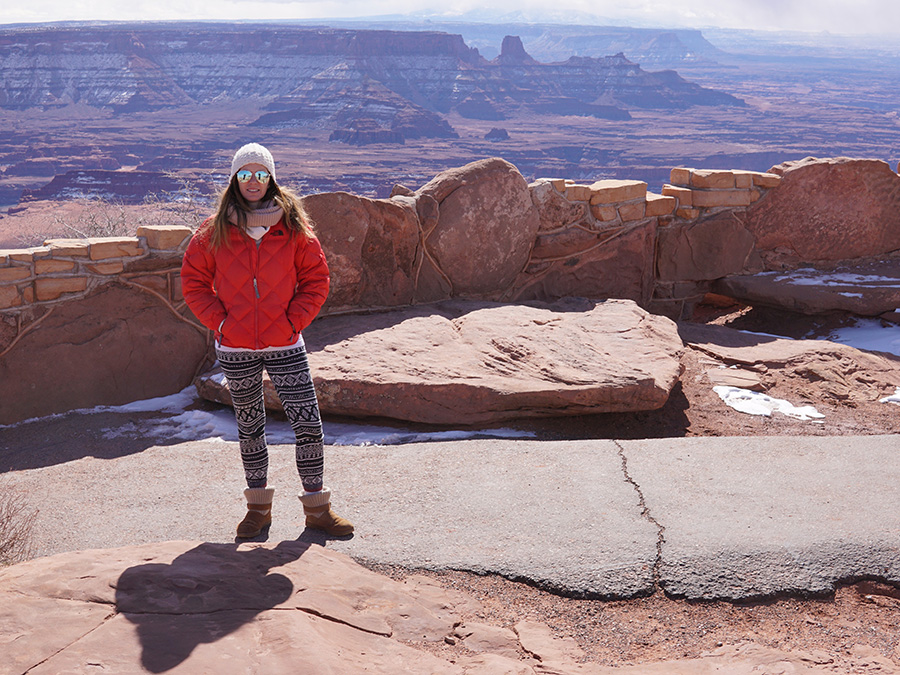News Release

Interview with Marianne Stuck
Posted 11/17/2020
What issue or trend is next on the horizon for our industry? Why does it matter?
As urban designers, we need to create more flexible cities and public spaces that can adapt, be resilient and be used in new, creative ways. This past year has demonstrated how spaces must be able to evolve to meet community needs. We saw many cities around the world rethinking streets during the early days of the pandemic to provide more space for people to walk and bike and create opportunities for outdoor dining. So, what if we designed more streetscapes in the future that are flush, where the line between sidewalk and drive lane is blurred and therefore allows for easier adjustments? This would require a societal shift to focus more on pedestrians and cyclists, but it would make streetscapes more adaptable. We have to continue to focus on designing public spaces that can have multiple uses. This requires ingenuity and a commitment to pushing the norms of urban design, but I believe the result of this will far outweigh any challenges we face along the way.
What does tactical urbanism as a strategy for public engagement mean to you?
It means a powerful tool that allows to truly communicate the impact of a specific design strategy to the general public. It creates an immersive public engagement experience. It is hard for people – me included – to understand proposed changes to spaces without experiencing them. Tactical urbanism enables us to install temporary elements in streetscapes to allow users to interact with the public space before the change becomes permanent. This gives them the opportunity to provide feedback and suggestions for us to iterate the design in order to make it as useful as possible. It is a way to more successfully communicate a design intention. Tactical urbanism makes it possible for community members to see, touch and experience a space firsthand. Often, we have seen it be a game changer in situations where community members were against a proposed change. Once they experience how the design changes will impact their day-to-day life, they often shift to supporting the change rather than being skeptical of it. I am hopeful that it will become used by more urban designers in the near future.
What place has the most potential to be transformed by urban design and planning?
I think that cities are the place where we can have a greater impact through design. Although in the U.S., we aren’t in the business of designing new cities from the ground-up, we are playing a key role in designing the different elements that create a city: neighborhoods, corridors, parks and public spaces. It is in these places where social life happens, and we interact as a community. And these places where our kids play and people walk their dogs have transformed in the last six months. The public park is now a gathering place for friends who used to sit inside a bar or a place to conduct an outdoor exercise class while gyms are closed. Streets that used to see lanes of traffic flow through daily are now being used for outdoor dining. These public spaces have the most potential to be transformed as they are currently a very important part of our physical and mental health, and will continue to be as we move forward. We need to be designing these spaces in a creative, impactful way that allows for multiple uses as needs change.
In your experience, has there been a difference in how the use of public spaces has changed during the pandemic in communities around the world?
I think the way people use public spaces throughout this pandemic has not been that different in other countries. What it has done is made the lack of access to public spaces much more evident especially in second and third world countries. For example in Chile, where I am originally from, low income neighborhoods are really struggling as density is very high, there is no personal outdoor space and the shared spaces are very small or nonexistent. It is in these neighborhoods where we, as designers, should be giving public and green spaces much more importance than they currently have. One example of this is streetscapes. For many, the street is a natural extension of their living room and where much of the day-to-day life happens on a regular basis. We should be seeking out ways to better activate this space to ensure it is more usable for all.
What is the greatest challenge facing urban designers and planners today?
Cities are changing rapidly and facing so many challenges. From addressing the impacts of climate change, to responding to equity, environmental justice and now a global pandemic. urban designers and planners have to manage all of the issues our urban areas are seeing. We must do our best to not just understand the issues but to be part of the solution. This means being nimble, adaptable and creative.